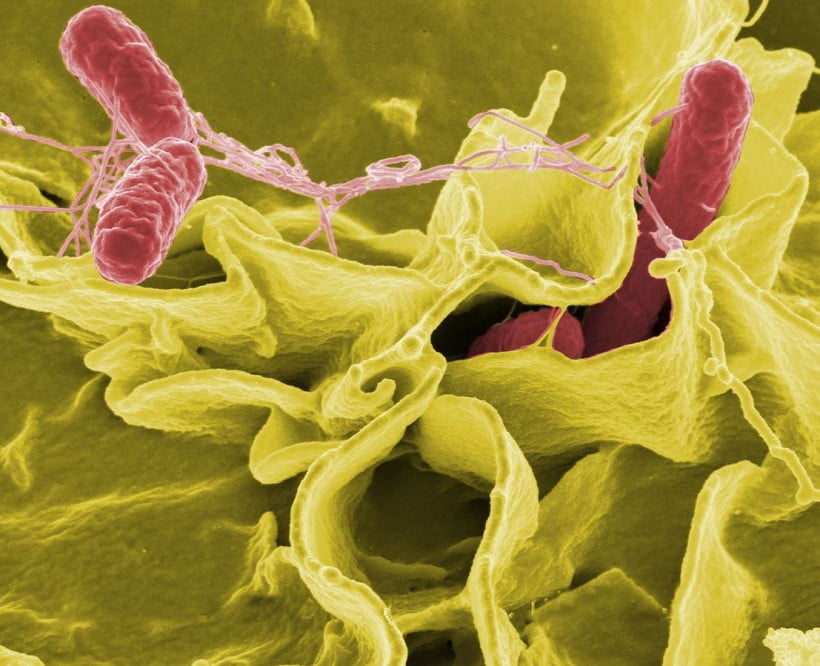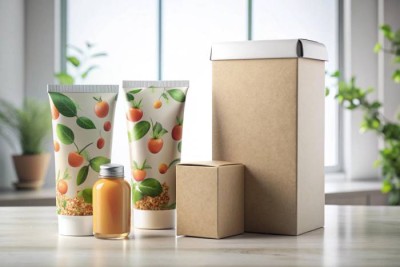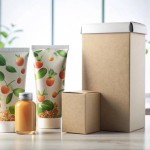Four Types of Food Contamination
Warning: Undefined variable $post in /home/dietofli/public_html/wp-content/plugins/code-snippets/php/snippet-ops.php(584) : eval()'d code on line 3
Warning: Attempt to read property "ID" on null in /home/dietofli/public_html/wp-content/plugins/code-snippets/php/snippet-ops.php(584) : eval()'d code on line 3
The estimated reading time is 3 minutes
Warning: Undefined variable $post in /home/dietofli/public_html/wp-content/plugins/oxygen/component-framework/components/classes/code-block.class.php(115) : eval()'d code on line 3
Warning: Attempt to read property "ID" on null in /home/dietofli/public_html/wp-content/plugins/oxygen/component-framework/components/classes/code-block.class.php(115) : eval()'d code on line 3

Strict rules cover the preparation of food, especially on commercial premises. The rules are there for good reason if food contamination occurs several nasty diseases can be passed onto humans. The COVID-19 pandemic was first connected to food contamination, although there have since been questions regarding a lab in Wuhan.
Whether you’re working in a commercial environment or at home, it’s a good idea to be aware of the four types of food contamination. This will allow you to take steps to avoid them.
-
Cross-Contamination
This is the one that most people think of first. It’s when uncooked food comes into contact with cooked food through transference. There are many pieces of equipment in the kitchen used in uncooked and cooked food prep. This is normal. But, if they are not cleaned properly between uses pathogens can transfer from one to the other, contaminating the food and potentially causing serious issues.
Examples include food processing equipment, knives, storage containers, clothes, waste disposal, and, of course, personal hygiene.
When these practices are followed properly the pathogens can remain on one service and then attach to a different food source.
-
Biological
An extension of cross-contamination is biological contamination. This is when bacteria are present in foods when they shouldn’t be. The most common cause is cross-contamination when uncooked food has touched cooked food.
However, it can also be caused by storing foods at the wrong temperatures; handling raw food and not washing your hands, pests invading the food without you knowing, and some bacteria can even be transmitted through the air.
The answer is to adopt proper hygiene methods, maintain the ventilation system, and ensure food is kept at the right temperatures.
-
Physical
Physical contamination is when traces of other materials get into the food. This doesn’t have to be bacteria or pathogens, although this can occur at the same time.
Physical contamination covers hairs in food, tiny pieces of glass, and even rodent feces when they’ve run across the food. Debris can even come off fingernails and into the food if they’re not kept cut and clean.
It is even possible for pieces of jewelry to fall into food. Almost anything can accidentally get into the food and cause a health issue. Even if it doesn’t become a health issue you’ll find that it is very damaging to a commercial reputation.
-
Chemical
Chemical contamination often happens before the product reaches your kitchen, making it more difficult to control.
This covers pesticides and even fertilizers that are used to help the crops grow. Unfortunately, these chemicals are absorbed by the food and can still be present when you prepare a meal. This is especially true of foods that don’t get cooked, such as fruits and salads.
Chemical contamination can also occur when food is stored in plastic containers and the chemicals leach out of the plastic and into the food.
Knowing the 4 types of food contamination is only half the battle, the other half is taking steps to prevent these contaminations from occurring.














